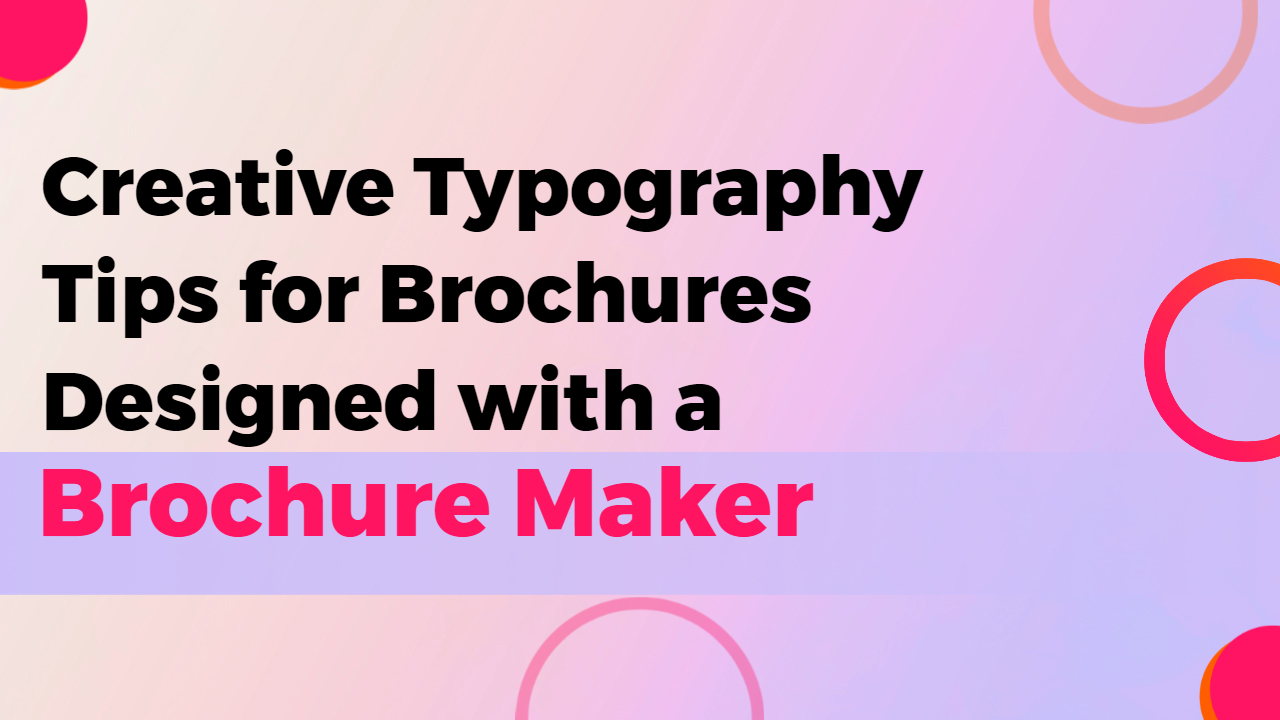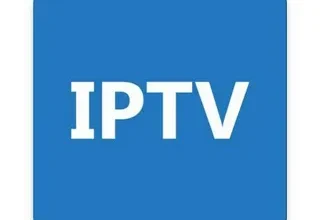Typography plays a crucial role in making your brochures visually appealing and effective in conveying your message. Whether you’re creating brochures for a business, event, or personal project, mastering the art of typography is essential. In this article, we’ll explore creative typography tips for brochures designed with a brochure maker, ensuring that your printed or digital materials stand out and capture your audience’s attention.
Understanding the Basics of Typography
Before delving into the creative aspects of typography, let’s cover the fundamentals:
Choose the Right Font Family
The font you select sets the tone for your brochure. Consider your brand’s personality and message. Sans-serif fonts like Arial or Helvetica convey modernity, while serif fonts like Times New Roman add a touch of sophistication.
Pay Attention to Font Size
Font size varies based on hierarchy. Use larger fonts for headings and subheadings and smaller ones for body text. Consistency is key to maintaining readability.
Mind the Line Spacing
Adjusting line spacing can make your text more readable. A general rule is to have 120-145% spacing of your font size. Proper spacing improves comprehension and aesthetics.
Kerning and Tracking
Kerning refers to adjusting the space between individual characters while tracking adjusts space uniformly between all characters. Use these adjustments sparingly to enhance readability.
The Creative Touch
Now that we’ve covered the basics let’s dive into the creative aspects of typography tips for brochures:
Experiment with Typography Combinations
Don’t limit yourself to a single font. Combining fonts can create visual interest. However, ensure the fonts complement each other and maintain readability.
Embrace Colorful Typography
Incorporate color into your typography. It can evoke emotions and draw attention to specific elements. Ensure contrast between the text and the background for readability.
Play with Typography Hierarchy
Use font variations to create a hierarchy. Make important information stand out by using bold or italicized text. This guides the reader’s eye through the content.
Utilize Typography as Art
Typography itself can be a design element. Experiment with unique fonts and layouts to turn words into visual art. This approach can make your brochure memorable.
The Role of Consistency
Consistency is key in creating professional brochures:
Stick to a Limited Font Palette
Using too many fonts can create chaos. Stick to two or three fonts throughout your brochure to maintain a clean and cohesive look.
Maintain Consistent Spacing
Consistency in line spacing, margins, and indents throughout your brochure ensures a polished appearance.
Brochure Maker Tools and Typography
With the advent of digital tools, creating stunning brochures has become more accessible than ever. Utilizing a brochure maker can greatly simplify the design process. Here’s how to make the most of it:
Explore Templates
Most brochure makers offer a range of templates. Start with a template that suits your project, and then customize it with your typography choices.
Edit Typography Easily
Brochure makers often provide user-friendly typography editing options. Adjust fonts, sizes, and spacing effortlessly to achieve your desired look.
Conclusion
Incorporating creative typography into your brochure design is a powerful way to captivate your audience. Remember, typography is not just about letters; it’s about visual storytelling. By carefully selecting fonts, experimenting with combinations, and embracing color and hierarchy, you can create brochures that leave a lasting impression.
If you’re ready to elevate your brochure design, start implementing these typography tips for brochures designed with a brochure maker. Your printed or digital materials will not only look more professional but also effectively convey your message.
FAQs
What is the importance of typography in brochure design?
Typography sets the tone, enhances readability, and adds visual appeal to brochures. It plays a crucial role in conveying the intended message effectively.
Can I use multiple fonts in one brochure?
Yes, but it’s important to use fonts that complement each other and maintain readability. Limit the number of fonts to two or three for consistency.
How do I choose the right font for my brochure?
Consider your brand’s personality and message. Sans-serif fonts for a modern look, and serif fonts for a more classic feel.
What is the ideal font size for body text in a brochure?
Font size varies, but a general rule is to keep body text between 10-12 points for readability.
How can I ensure my typography works well with the brochure maker’s templates?
Start with a template that aligns with your project’s theme and customize the typography to match. Ensure the template allows easy editing of fonts, sizes, and spacing.
Also, read:
How Employee Tech is Transforming the Workplace





